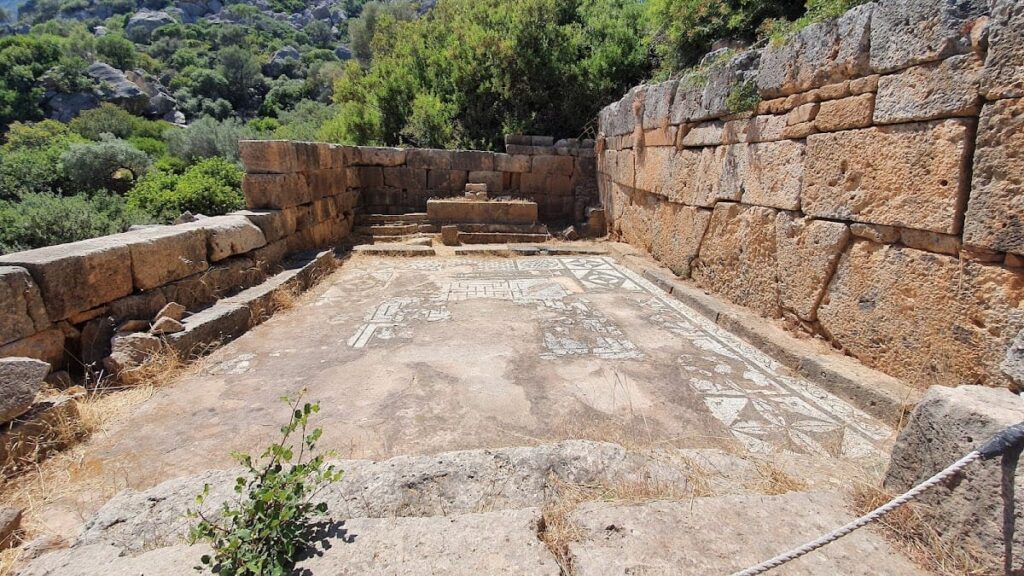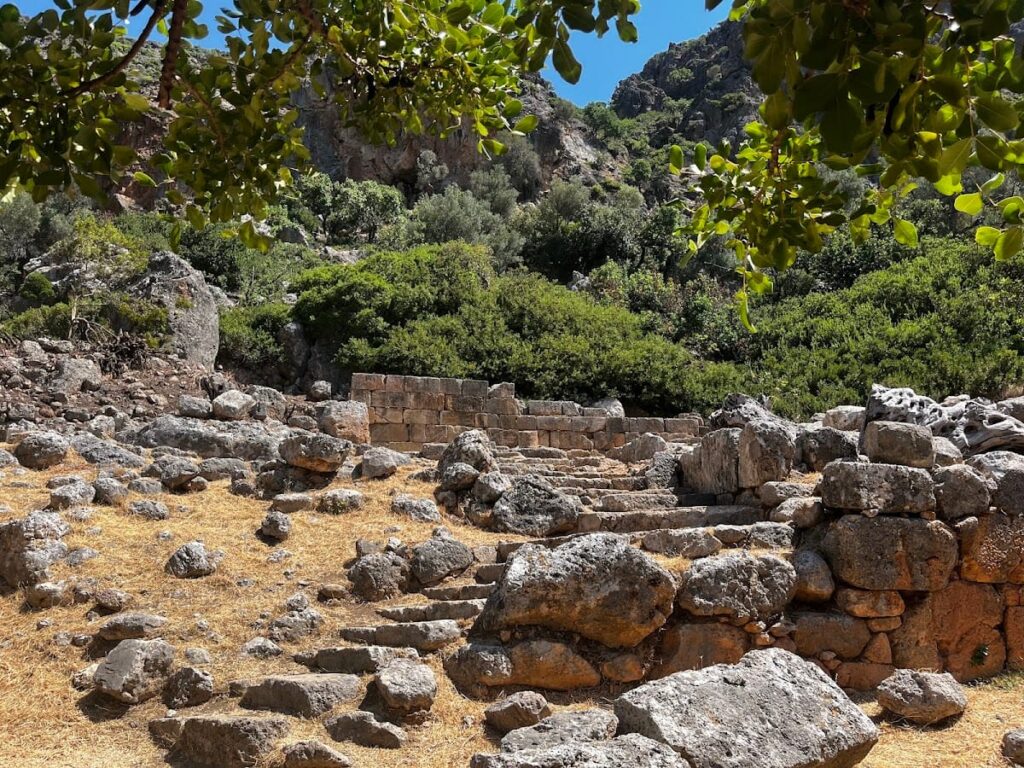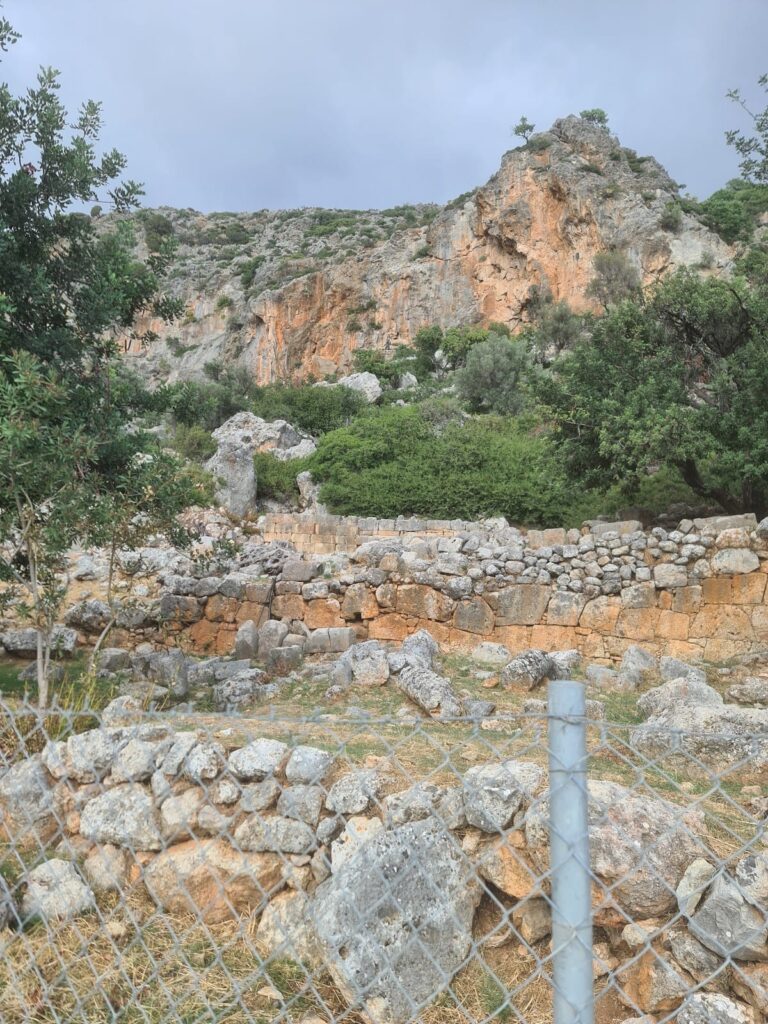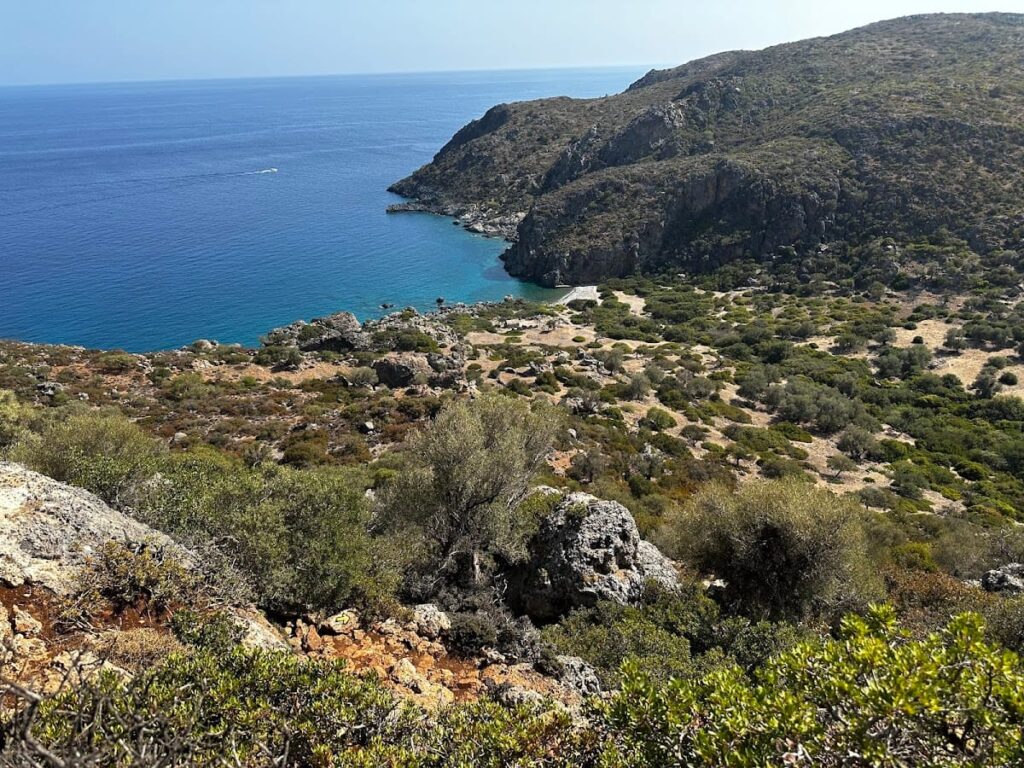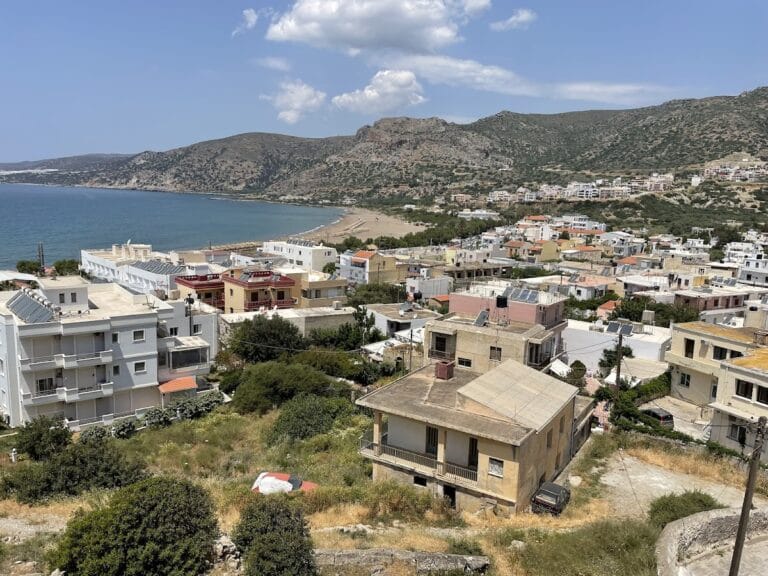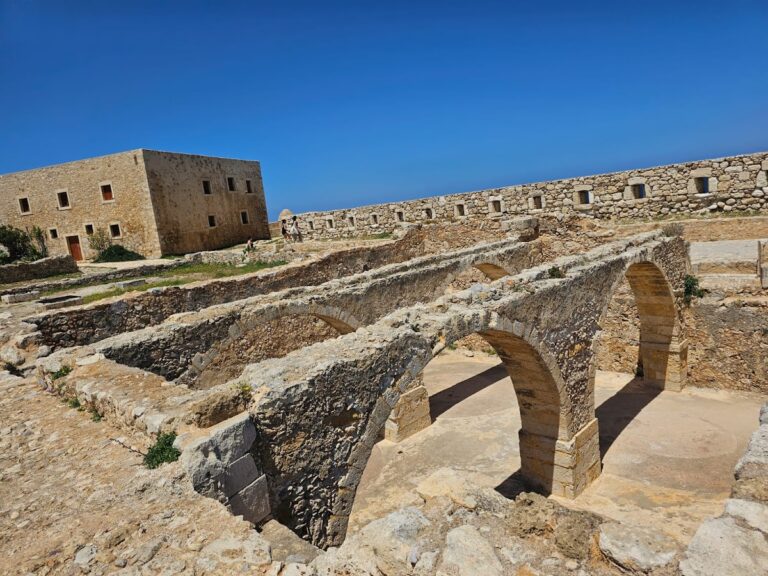Lissos: An Ancient Harbor and Healing Sanctuary on Crete
Visitor Information
Google Rating: 4.6
Popularity: Low
Google Maps: View on Google Maps
Official Website: www.secretsofcrete.com
Country: Greece
Civilization: Byzantine, Greek, Roman
Remains: City
History
Lissos was established during the Classical period as a harbor settlement serving the nearby city of Elyros, the region’s most prominent urban center. Its location on the southern coast of Crete allowed it to develop a strong maritime economy focused on fishing and trade.
By the 3rd century BCE, Lissos had formed political and military alliances, notably with King Magas of Cyrene. It was also a member of the League of Oreians, a coalition that included cities such as Syia, Poikilassos, Tarrha, Yrtakina, and Elyros. This alliance strengthened regional cooperation and trade. Lissos issued its own coins during this period, which featured maritime imagery and deities like Artemis and Dictynna, reflecting its seafaring identity and religious beliefs.
Lissos gained renown as a religious center, particularly for its sanctuary dedicated to Asclepius, the god of healing. Pilgrims visited the site to seek cures from a sacred spring, contributing to the city’s prosperity. The sanctuary’s importance continued into the Roman era, when Lissos remained active and became an episcopal see, a Christian bishop’s seat, lasting until the 9th century AD.
FThe city’s decline was hastened by a powerful earthquake in 365 AD, which caused significant damage and altered the coastline, moving the ancient harbor inland. After this period, the site ceased to be inhabited, marking the end of its long history.
Archaeological excavations began in 1957 under Nikolaos Platon, revealing the sanctuary of Asclepius, statues, inscriptions, a Roman theater, baths, and early Christian basilicas.
Remains
The archaeological site of Lissos is laid out along a valley with structures adapted to the rocky terrain. The sanctuary of Asclepius is a small temple built in the Doric style, entered from the east. It features a southern colonnade and a grand staircase leading to a healing spring and a large cistern. The temple’s entrance bears Hellenistic honorary decrees and an inscription dedicated to Emperor Tiberius. A Roman mosaic floor dating between 69 BC and 330 AD is partially preserved inside.
Adjacent to the sanctuary is a building likely used by priests or visitors, possibly connected to the hydrotherapy treatments offered at the healing center. The sanctuary was destroyed by an earthquake, which helped preserve many sculptures and votive offerings. These artifacts, mostly Classical in style but spanning Hellenistic and Roman periods, depict Asclepius, Hygieia, and consecrated children. Many statue bases carry dedications to these deities.
Lissos also contains a Roman theater approximately 23.4 meters in diameter. Although discovered decades ago, it was only recently fully excavated. Nearby stands a large Roman bath complex, indicating the city’s public amenities during Roman times. Two Byzantine chapels, Agios Kyrikos and Panagia, were built in the 13th and 14th centuries on the ruins of early Christian basilicas. Agios Kyrikos measures about 22.8 by 11 meters and is located near the theater, while Panagia lies close to the beach.
The necropolis is situated on the southwestern and western slopes of the valley. It includes around 118 vaulted tombs with rectangular layouts, some featuring two stories and small halls. The ancient residential area lies on the valley’s left side, with the public Agora in the center, though only ruins remain. No city fortifications or ancient roads have been identified, but ruins of towers, likely watchtowers, stand on nearby summits.
Building materials found at the site include granite columns and white marble fragments such as architraves and pediments, especially near the Panagia chapel. The ancient harbor installations are now located inland due to tectonic uplift caused by the 365 AD earthquake. Today, the site remains uninhabited and accessible only by foot or boat.
